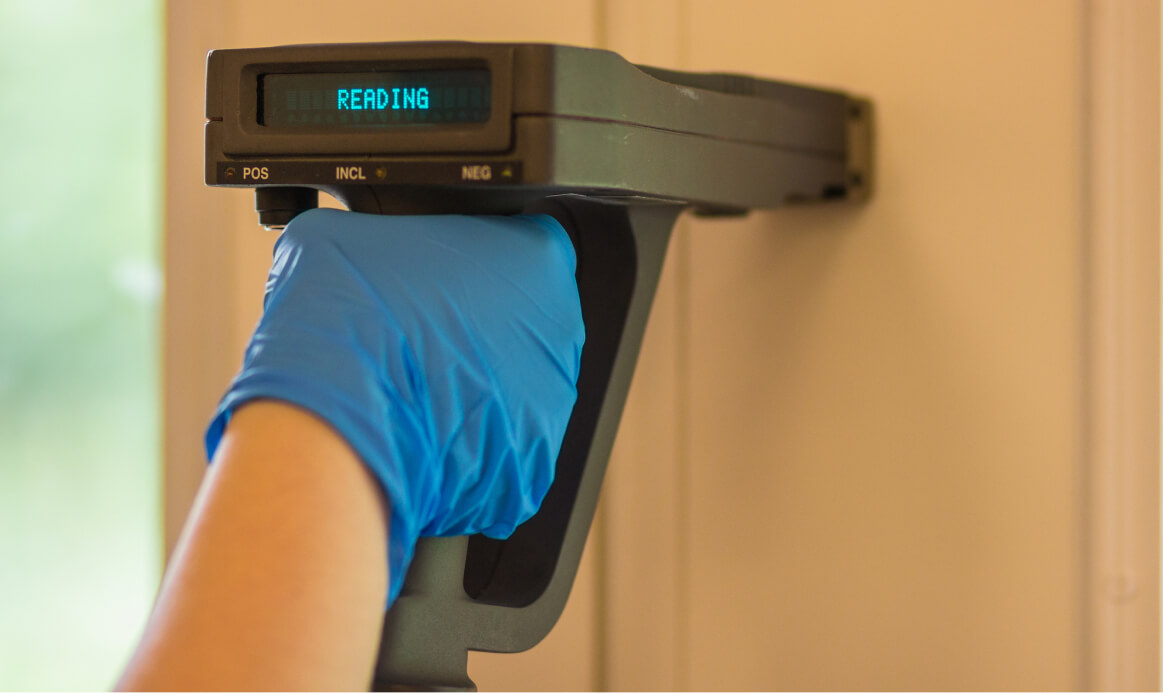Introduction
The presence of lead-based paint in educational and childcare environments poses significant health risks, particularly to young children. In response, New York City has implemented comprehensive regulations under the Childhood Lead Poisoning Prevention Act (CLPPA) and the Health Code, targeting lead hazards in schools and day care facilities.
The CLPPA and Health Code: A Dual Regulatory Approach
- Amendments to Title 17: The CLPPA, through amendments to Title 17 of the Administrative Code, has expanded its scope to encompass schools and facilities offering day care services. These amendments align the regulations for these facilities with the residential standards set by the CLPPA.
- Definition of “Covered Facilities”: Section 17-920 of the Admin. Code defines these as spaces regulated by Health Code Articles 43 and 47, encompassing kindergartens, pre-K programs, and certain child care programs. However, small home-based “family day care” programs are not included under this definition.
Key Provisions and Regulations
- Presumption of Lead-Based Paint: All paint in covered facilities built before 1978 is presumed to be lead-based, mirroring the residential provisions of the CLPPA. This presumption can be overturned only through certified testing.
- Lead Paint Restrictions and Bans:
-
- Peeling Paint Prohibition: Any peeling lead-based paint in covered facilities must be immediately abated, ensuring no exposure to children.
- Furniture and Equipment Standards: No equipment or furniture in these facilities can have lead-based paint.
- Specific Requirements for Day Care Centers and Kindergartens:
-
-
- Facilities operational before May 1, 1997, must remediate specific surfaces and cannot renew permits unless lead hazards are addressed.
- Facilities opened after May 1, 1997, must be completely lead-free to receive operational permits.
-
- Soil Testing and Remediation: Health Code § 43-23(d) mandates soil testing in outdoor areas used by children under six, with necessary remediation efforts to remove lead contamination.
Challenges and Implications
- Comprehensive Compliance: Ensuring complete compliance with these stringent regulations poses significant challenges, especially for older facilities requiring extensive remediation.
- Financial and Logistical Burdens: The cost and logistics of testing and remediation can be substantial, particularly for smaller, resource-limited day care centers and schools.
- Health and Safety Priority: Despite these challenges, the paramount importance of these regulations lies in safeguarding the health and development of children, particularly in their formative years.
Conclusion
New York City’s approach to regulating lead-based paint in schools and day care facilities reflects a commitment to child health and safety. While compliance presents its challenges, the overarching goal remains clear: to create lead-safe environments for the city’s youngest residents, fostering a healthy foundation for learning and growth. As we move forward, continuous evaluation and adaptation of these regulations will be crucial to meet emerging needs and challenges, ensuring the protection of our children from the hazards of lead exposure.
We welcome your legal questions for topically relevant articles in the future. Feel free to compose a question – it may be addressed in future articles. Email Question
Free Case Evaluation
Fill Out The Form Below To Find Out If You Have A Case.
Thank you for contacting us. One of our colleagues will get back to you shortly.



